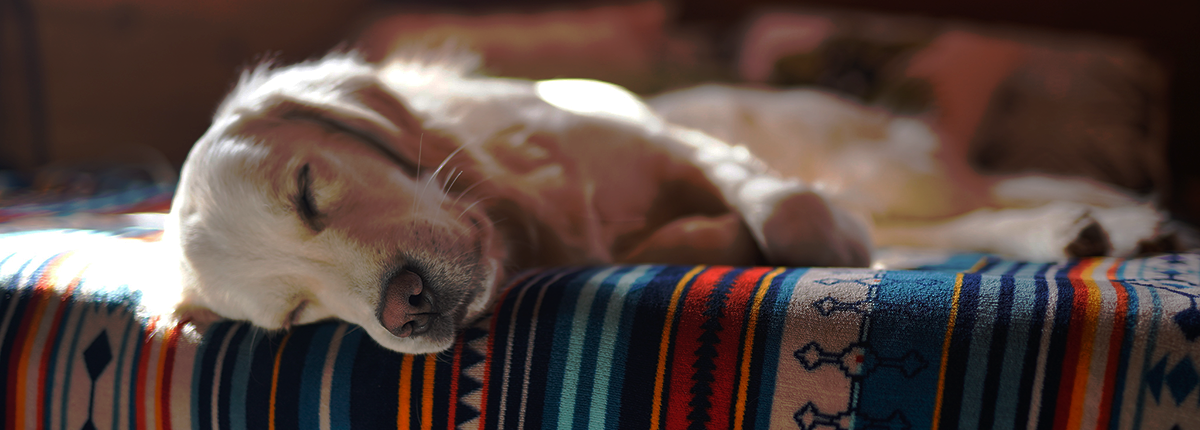
Western herbs are those herbs that are found growing in North America, and Europe. Many of them are quite similar to Chinese herbs, and may even be the same genus, but a different species. These Western herbs that are the same genus but different species have similar, but also slightly different, medical activities than their Chinese “cousins.”
The system of Western herbal medicine is different than the system of Chinese herbal medicine, and this governs how the herbalist figures out what herb or herbs to choose to treat a specific condition. Each system, East and West is an “ethnobotanical system of medicine. Which means that it is specific for the culture and history of a similar group of people. Like the Chinese, or the Amazonian rainforest Indians. The similarity that all ethnobotanical systems have to each other is that the herbalist observes their patient and asks the patient or the pet-patient’s guardian questions that allows them to better target a specific individualized herbal solution to their disease issues. Ethnobotany systems use herbs that are indigenous to that culture, as well as the religious and spiritual beliefs.
As I had described under Chinese herbals, the Western herbalist asks questions about what makes it better or worse, and uses diagnostic techniques such as palpation, looking at the tongue and feeling the pulse to arrive at a diagnosis, when then allows them to prescribe one or several Western herbs.
Unlike Chinese herbal formulas, the Western herbalist most commonly will combine individual herbs but may not create the kind of complex formula that we see with TCVM where there could be 22 or more herbs in a formula. These herbal formulas might be provided as a dried herb mixture that you make into a tea and then mix the tea with your pet’s food, or they could even be given in capsules, or just mixed with some food, depending upon their palatability.
Some of these formats of herbs have limited shelf life over herbal extracts that are made into alcohol or glycerin extracts. The alcohol extracts are difficult for a pet to tolerate, as humans seem to be the only animal that actually likes alcohol. The liquid format is good, though, because its easy to administer.
The alcohol tincture needs to have the alcohol in it driven off by placing the bottle in a double boiler, or an alternate technique is to put the dosage of herbal tincture in the bottom of a shot glass and then to add boiling hot water on top of it, using a volume equal to the volume of tincture. The boiling water will help to drive off some of the alcohol and dilutes it as well, improving its palatability.
An alternative to the tincture-driving-off-the-excess-technique-with-hot-water, is to look for a liquid herbal extract that uses vegetable glycerin as the vehicle. Vegetable glycerin is sweet and provides some preservative value to the herbs found in the tincture.
Reputable and awesome Western herbal companies exist that gather wild herbs (called wild crafting) or grow medicinal herbs, just as there are really great Chinese herbal companies. Here are two of the companies that I’ve used which have good quality control and use only the highest quality of organic herbs:
- Herb Pharm
- Gaia Herbs
So whether it’s a Chinese herbal or a Western herbal, you can be sure that, when properly prescribed, it will benefit your pet in ways that pharmaceuticals never could.




